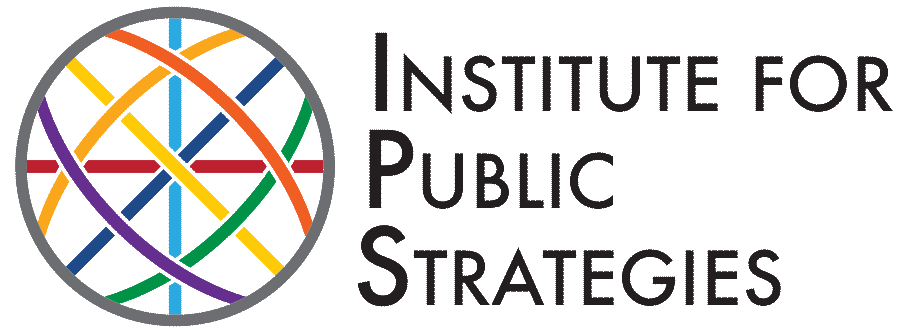Do Harm Reduction Practices Help People Stop Using Drugs?
Drug overdose deaths reached a record high during the pandemic. By April 2021, more than 100,000 people died from an overdose, a 30% increase over the prior year, according to government statistics. The trend has some public health and elected officials looking toward a solution that some would consider radical: harm reduction. For the first time, the Substance Abuse and Mental Health Services Administration (SAMHSA) is targeting more than $30 million in grants for harm reduction efforts. The Centers for Disease Control and Prevention (CDC) is partnering with SAMHSA to establish a Harm Reduction Technical Assistance program to support syringe service programs. In California, health officials and some legislators are looking at harm reduction as they consider realistic ways to decrease the harmful effects of drug use.
Harm reduction is a set of practical strategies and ideas aimed at reducing the negative consequences associated with drug use, according to the Harm Reduction Coalition. Harm reduction is also a movement for social justice built on a belief in, and respect for, the rights of people who use drugs.
Perhaps the best known harm reduction strategy is syringe exchange, where workers give people who use drugs clean needles in exchange for their dirty ones. Additional harm reduction methods include:
- Medically assisted treatment for opioid use disorder
- Medication to reverse opioid overdoses (Naloxone)
- Safe smoking supplies to help injection users find a less harmful method of use
- Supervised injection sites, which have shown promise as a solution in European countries
- Overdose prevention education
- Fentanyl test strips (strips that test drugs for cross-contamination with fentanyl)
- Education, therapy, and discussion groups aimed at helping active drug users minimize harms to their health through managed, reduced, or safer drug use
Harm reduction practices are not new. Europe has had harm reduction programs for many years. In the U.S., a few syringe exchange programs were started during the AIDS crisis in the 80’s and 90’s to prevent the sharing of needles and to slow the rapid rise in disease among injection drug users. According to the CDC, there has been a decrease in HIV diagnoses attributable to those early syringe exchange programs.
Declines in HIV and Hepatitis C infections have also dramatically reduced healthcare spending. The estimated lifetime cost of treating one person living with HIV is almost $450,000. Hospitalization in the U.S. due to substance use related infections alone costs over $700 million annually.
Harm reduction strategies are intended to keep users alive and healthy, without judgment or pressure to stop, until they are ready to seek treatment or quit. Syringe services programs (SSPs), for example, can reduce overdose deaths by teaching people who inject drugs how to prevent and respond to a drug overdose, providing them training on how to use naloxone (a medication used to reverse overdose), and providing naloxone to them. Importantly, SSPs facilitate entry into treatment for substance use disorders by people who inject drugs. People who use SSPs show high readiness to reduce or stop their drug use. There is evidence that people who inject drugs and work with a nurse at an SSP or other community-based venue are more likely to access primary care than those who don’t. SSPs have also partnered with law enforcement, providing naloxone to local police departments to distribute it more broadly in populations that need it.
Despite its demonstrated successes, there are concerns that harm reduction is giving people a license to freely use drugs. Former California Governor Jerry Brown vetoed a bill to create syringe service sites in San Francisco three years ago, calling it “enabling drug use.” This kind of stigma has prevented many communities from even considering harm reduction programs. Stigma is based on a perception, long-standing in the U.S., that substance users are bad and immoral rather than suffering with a chronic condition requiring care and treatment. Those who argue for harm reduction say it doesn’t enable drug use, rather, it encourages safer methods of use until abstinence is possible. Still, intense stigma persists. According to the Harm Reduction Journal, it is this intense stigmatization that aggravates, rather than ameliorates, the ability to engage people struggling with drugs into an abstinence model.
In the past year alone, the climate around harm reduction has dramatically shifted. Most states are expanding access to fentanyl test strips and Narcan and increasing funding for harm reduction programs. New York state just began its first safe injection site pilot program, opening two locations in Manhattan in November of 2021. A bill is also now winding through the California legislature. SB57 proposes hygienic spaces where trained staff will provide sterile supplies and connections to health resources and treatment. If more states and communities adopt harm reduction strategies, we’ll continue to get a better picture of whether or not it can impact the crisis of overdose deaths we’re facing.
Authors:
Dean Ambrosini
Prevention Coordinator, IPS
Dean Ambrosini is a Prevention Coordinator at the Institute for Public Strategies for the West Hollywood Project, based out of IPS’s LA office.
Cynthia Nickerson
Media Advocacy Specialist, IPS
Cynthia Brooks Nickerson is a Media Advocacy Specialist at the Institute for Public strategies, supporting IPS’s prevention projects across Southern California.










